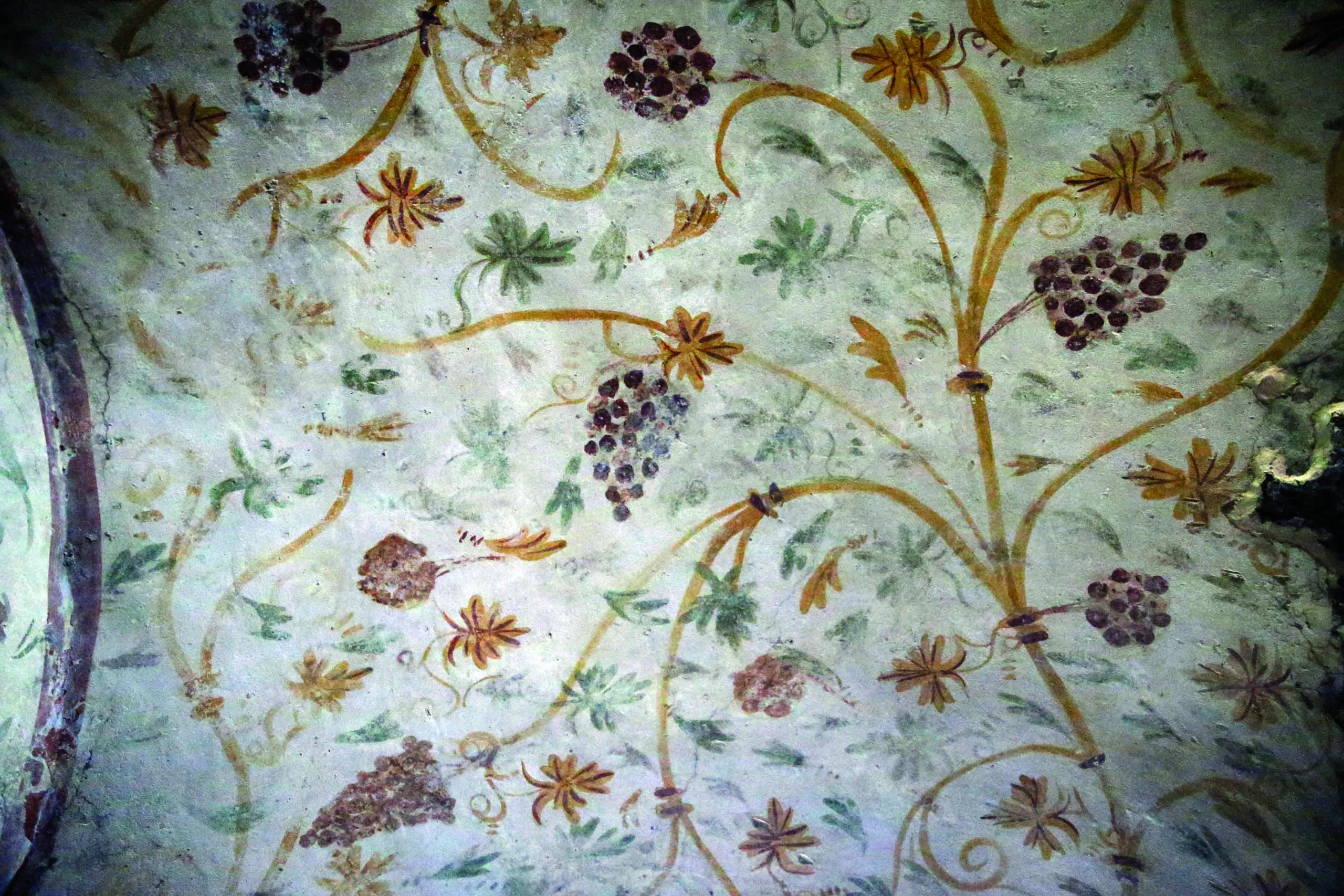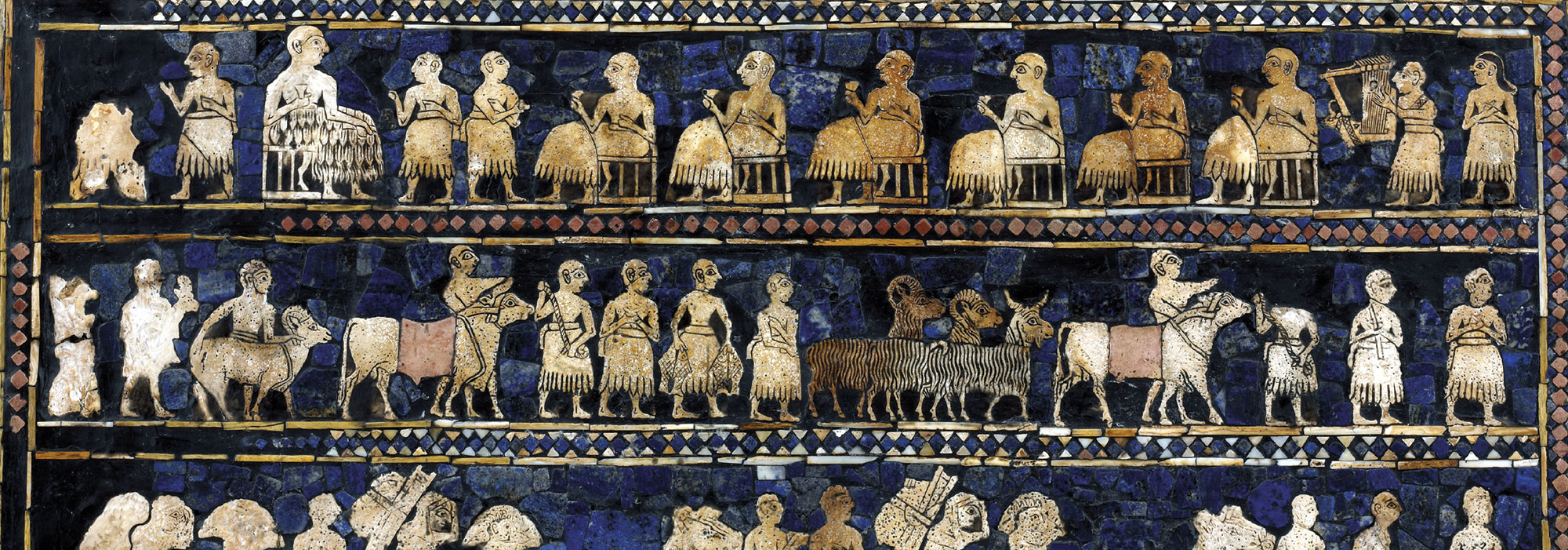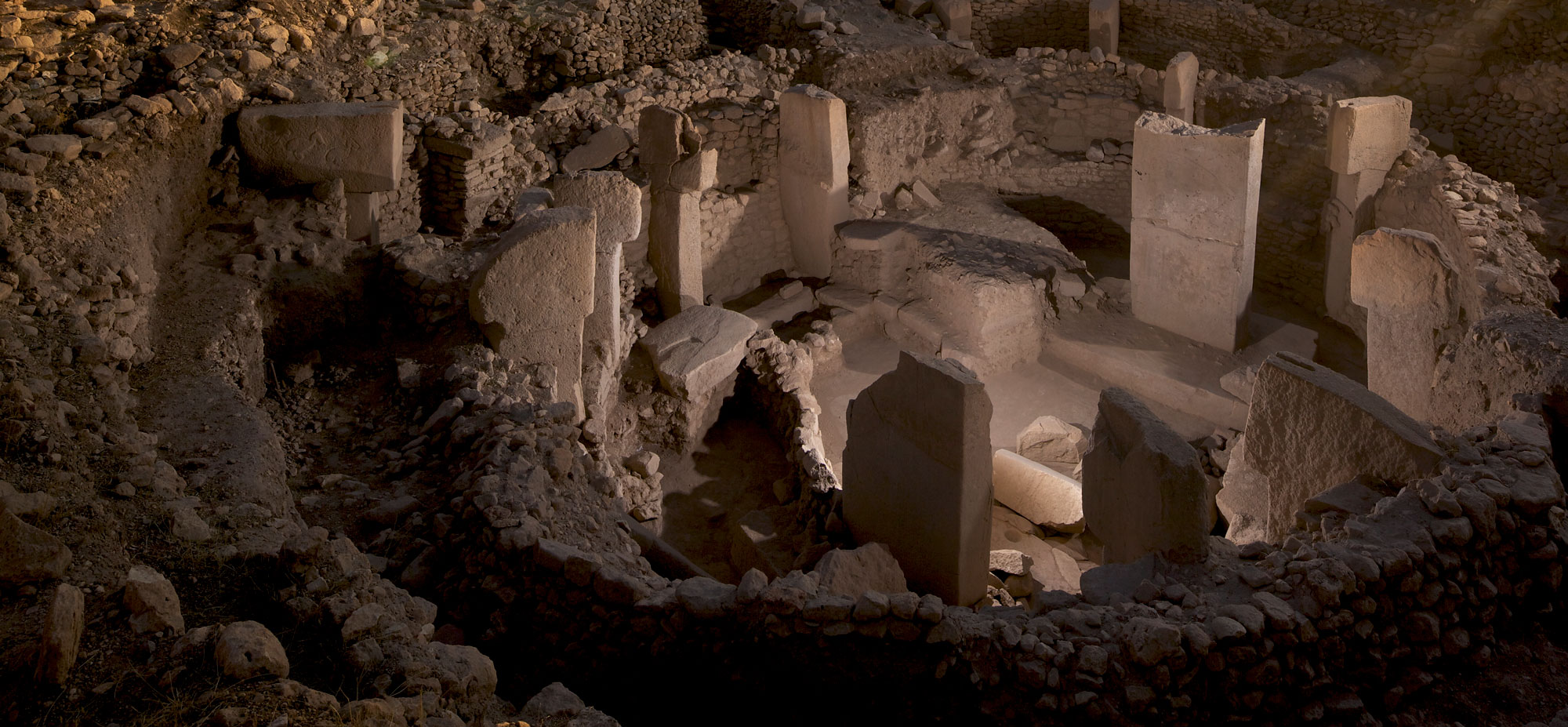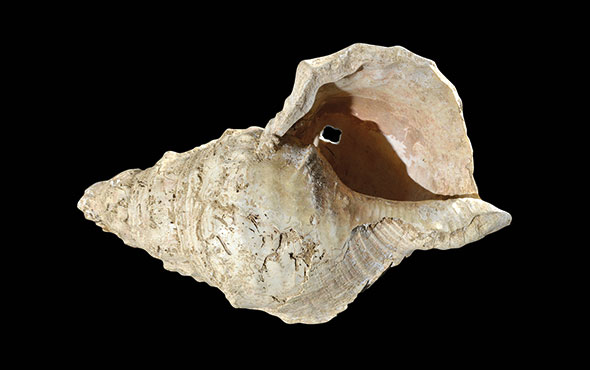
While investigating the remains of Greek-era buildings beneath the Roman theater in the ancient city of Myra in the region of Lycia, on Turkey’s southwestern coast, archaeologists unearthed 40 intact terracotta statuettes, along with fragments of perhaps 50 more. The sculptures, which date to the second and first centuries B.C., depict Greek deities, animals, and men, women, and children performing daily activities such as riding horses and carrying water. Among the discoveries are rare statuettes of Leto and her divine children: Artemis, patron goddess of Myra, and Apollo, who was Lycia’s patron deity. Many of the sculptures still have traces of pink, blue, and red paint. “It was the biggest surprise to find such a rich and diverse collection of figurines,” says archaeologist Nevzat Çevik of Akdeniz University. He notes that the figurines, some of which appear to have been crafted locally, were probably votive objects.











